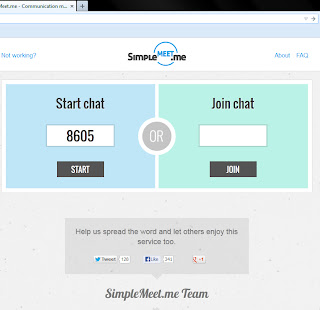This is a conversation that I had with one of my students
the other day.
Me (joking to another teacher): I’d love to go out to dinner but I am poor!
Student (We’ll call him Johnny): You’re poor Mr. Teal?
Me (laughing): Sadly, Yes I am Johnny, but it’s fine.
Johnny (looking more bewildered that I have ever seen him
look over a math problem or a difficult reading passage): But Mr. Teal… you’re a teacher!
Me: Well Johnny, I love teaching you and the other kids more
than anything else, but they don’t pay teachers a lot of money.
Johnny: Well you
should get paid A LOT Mr. Teal, because you’re the BEST teacher ever!
Oh Johnny, if only that were true.
Now I didn’t mean for Johnny to hear the offhand comment I
made to another teacher before school, but it is funny how sometimes a kid’s
perspective can be so spot on. Among the
teachers I have worked with throughout my five years in teaching we often have all
felt the same way.
We love our jobs.
We love seeing our students’ faces each morning. No matter how tired or grumpy they sometimes
can be in the A.M.
We love seeing the “light bulb” go off during a particularly
tough science concept or writing lesson.
We don’t mind being mentor, confidant, therapist, and (if
time permits) teacher to the kids we see.
In fact, not only do most of us not mind, but we probably wouldn’t be as
happy doing anything else but helping the kids we see every day. We were “built” for this daily grind.
We also all share one more common thought... We feel under-appreciated!
Now some of this has to do with money. Next time you hear a politician or pundit
yelling on TV about how teachers are overpaid try to think of another
profession that requires 4 years of college and pays $32,000 for first year
employees. Now yes, I sure there are
other jobs like this, but I am sure they feel the same way us teachers do!
However, for most of us this has to do with unanticipated
pressures we never thought we would face as bright eyed college students. The amount of pressure we face teaching
predetermined standards. The amount of
pressure we face making sure our kids are prepared for tests that determine how skilled we are as teachers. This wasn’t
advertised in school and boy is it exhausting!
I’m not writing this to complain. I love my job and couldn’t dream of sitting
behind a desk crunching numbers each day.
Most professions probably have as many perceived injustices as we
teachers feel. I am writing this to try
to tackle something I have been thinking the past few months.
How do I deal with the teacher’s hangover?
As teachers we leave college with our teaching degrees still
hot in our hand, feeling that we are going to change the world. We get into the profession and work our tails
off. Late nights grading, parent phone
calls, and lesson planning are how we spend our free time. We get a few years in and we just feel
like we are spinning our wheels.
Are we really making a difference? Are we really doing the best we can to help
each child we see? These are the
questions we sometimes forget to ask ourselves.
We instead ask, “Did I review everything needed for the next
standardized test?” “Do my students need
more practice with multiple choice testing strategies?”
I don’t think most of us went to school to learn how to
teach multiple choice testing strategies.
So I guess I am starting this blog to working on answering
those first two questions. How can I
make a difference and help each child while still adhering to my responsibility
of teaching standards? Hopefully I can
share my ideas and lessons with others in this space.
I am always looking for a creative outlet. I have tried writing songs, comic books, and
even drawing. Three things I don’t do
very well. Then it hit me after my
conversation with Johnny and thoughts about this teaching hangover. My profession is my creative outlet! I have to have one of the only professions out there that you can do
almost anything you want! (So far as we
hit those beloved teaching standards.) I already spend my time designing and sharing lessons that I think are
fun. It's a matter of forgetting the test and loving the craft. Hopefully this blog will help me to get back to loving the teaching. And if this doesn’t work at least I
am doing something better than deciding between the latest episode of American
Idol or The Voice or whatever new singing show is just around the corner!











